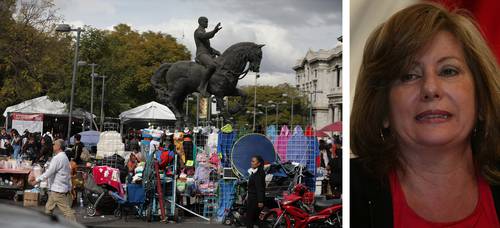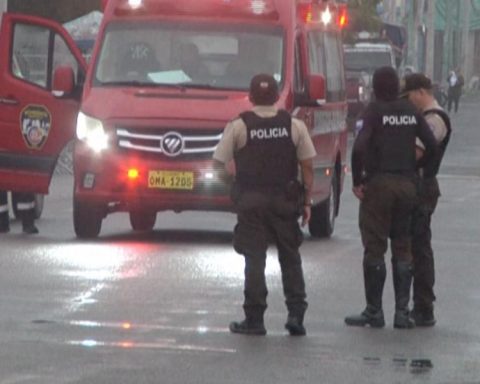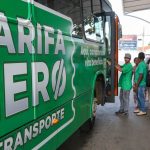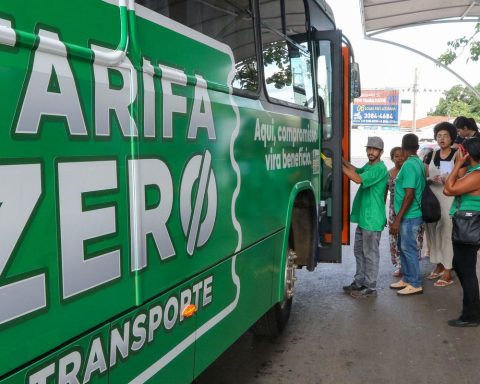▲ Graciela Bensusán (right), co-author of the book Labor informality in Mexicosays that there is a risk that street hawking is related to illegality.Photo Francisco Olvera and Jair Cabrera Torres
Jared Laureles
La Jornada Newspaper
Sunday, January 5, 2025, p. 5
Labor informality, considered a problem for years structural
and which responds to multiple causes, is a phenomenon that in the last two decades has barely decreased by less than five percentage points, going from 59.1 in 2005 to 54.6 percent in November 2024. Given this situation, it is more likely that This population is in working poverty, said Graciela Bensusán, researcher at the Autonomous Metropolitan University (UAM) Xochimilco.
Recalling that the highest informality rate at the national level was recorded in 2011, when it reached 59.5 percent of those employed, he stressed that workers in this sector are three or four times more likely to be poor compared to formal workers.
In the case of Mexico, the informality rate of workers who are in the first decile (low-income households) exceeds 90 percent, he indicated.
In interview about the book Labor informality in Mexicowhich he co-authored with researcher Nelson Florez, Bensusán warned that this problem has consequences very serious
Well, when it grows brutally
there is a risk that employment will be linked to illegality, such as piracy or drug dealingso that people obtain greater income.
He mentioned that although in the past six years a labor policy was promoted accurate
like the reform that prohibits subcontracting, informal employment persists and was the main generator of employment last year, since as of November 2024 it stood at 54.6 percent, according to the National Institute of Statistics and Geography.
Great inequality
The teacher at Flacso México also pointed out that there is great inequality
in the labor market, which can be observed by region. For example, he explained, in the Mexican southeast there were important improvements in formal employment, derived from works such as the Mayan Train and the Dos Bocas refinery. However, once they concluded, What we have noticed in the last year is once again a stagnation in the generation of formal employment
in that area.
In this sense, he indicated that there is a stark contrast
in employment between the northern and southern regions of the country, the latter with informality rates double: while Coahuila has 33.8 percent, Oaxaca registers 81.1 percent; With high rates there are also entities such as Guerrero (78.6 percent) and Chiapas (70.9 percent).
Bensusán emphasized placing informality at the center of the public agenda and emphasizes that a comprehensive strategy must be designed, but at the same time focused to address this heterogeneity
.
Immediately, he proposed that irregular forms of contracting be stopped in the public sector, since just over 15 percent of workers in the service of the State are informal. They have contracts of various denominations, such as fees and others, that pay taxes, but they do not have access to social security or a decent retirement.
.
In his book he distinguishes informality in different modalities, since it also exists in small and medium-sized companies, where a part of their workforce lacks social security and is left out of labor inspections. There are also self-employed people.
The researcher proposed a universal system of access to health with equal conditions that does not depend on labor insertion, as well as the creation of an intersecretarial commission, where different health, education and work agencies intervene to address this problem of long standing
.
















